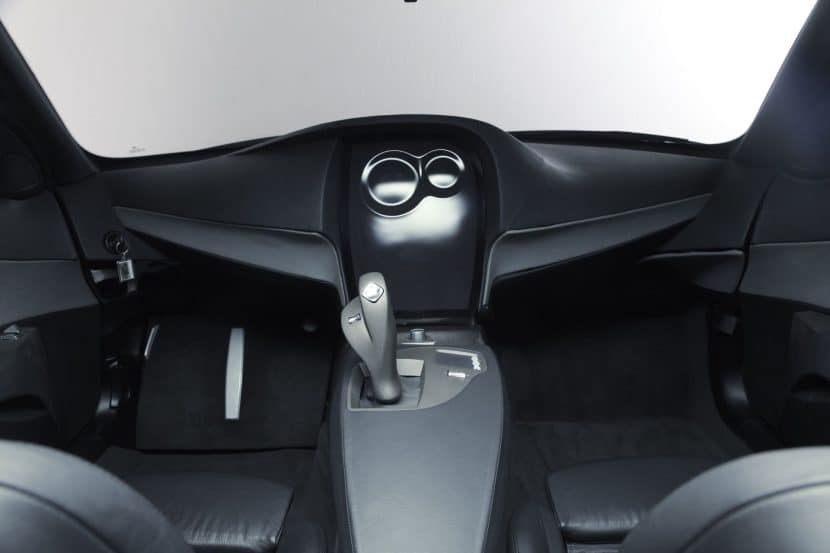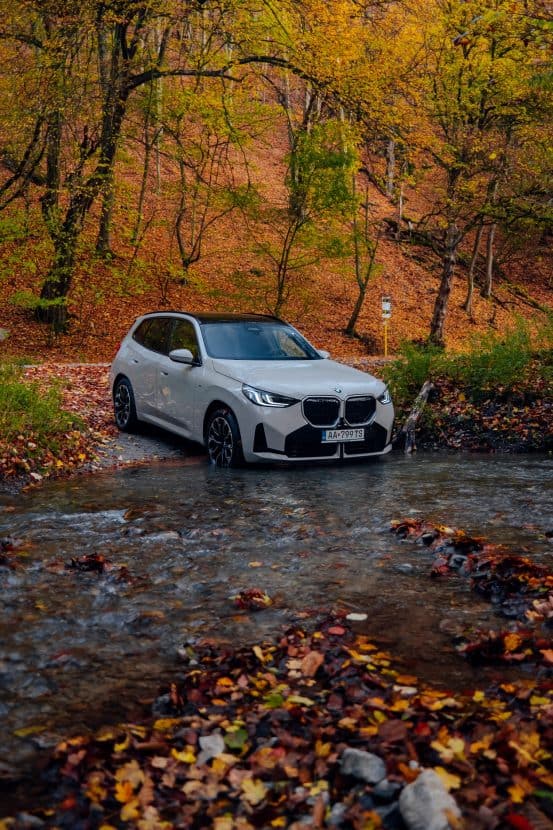In the early 2000s, BMW Forschung und Technik GmbH—the company’s dedicated research and innovation department—was working on a project that truly broke the mold. Unlike the teams focused on refining next year’s production models, this group was all about exploring bold new ideas that could redefine the driving experience in the future.
One of their most fascinating experiments was the Drive Stick Car, based on the second-generation E46 BMW 3 Series Compact. At first glance, it looked like any other 3 Series from the era. But the moment you opened the door, you could see it was something completely different. Gone were the steering wheel, accelerator, and brake pedals—staples of every car for decades. In their place were two vertical control levers called Drive Sticks, positioned on either side of the driver’s seat.
Joystick Driving
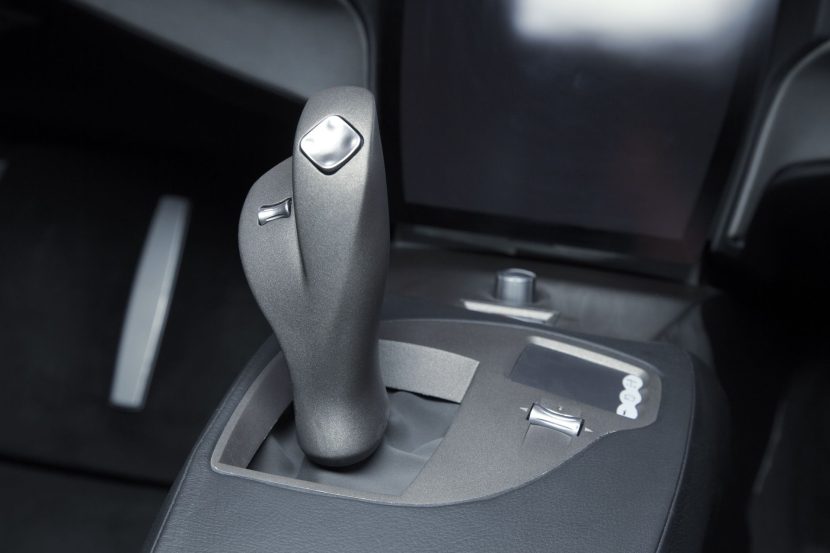
The way the Drive Sticks worked was surprisingly intuitive. To accelerate, you pushed both levers forward. To brake, you pulled them back. Steering was as simple as tilting the levers to the left or right. Gear shifts? Those were handled by buttons built right into the levers themselves. All of this was powered by drive-by-wire technology which meant there were no mechanical connections—just electronic signals controlling the car’s systems.
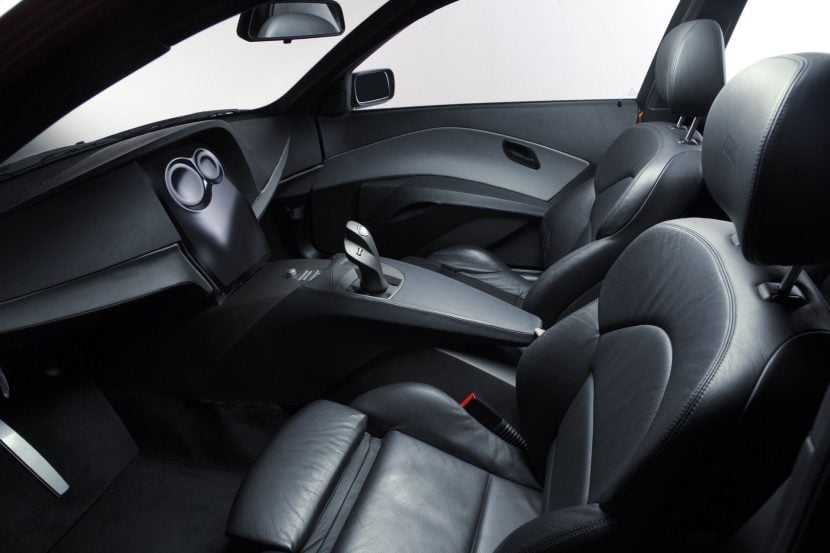
Without a steering wheel or pedals, the interior felt like a completely different space. The footwell was open, giving the driver more room, and the dashboard was cleaner and more modern. A screen in the center console replaced the traditional rearview mirror, and the seats were reconfigured to make getting in and out of the car easier and more comfortable. It felt less like stepping into a traditional car and more like entering a cutting-edge cockpit.
One unique feature was the ability for the passenger to take control if needed. In an emergency, they could grab the other Drive Stick and drive the car. It was a clever way to make driving safer and more adaptable, especially in situations where a driver might need help.
Sci-Fi, But Not Really
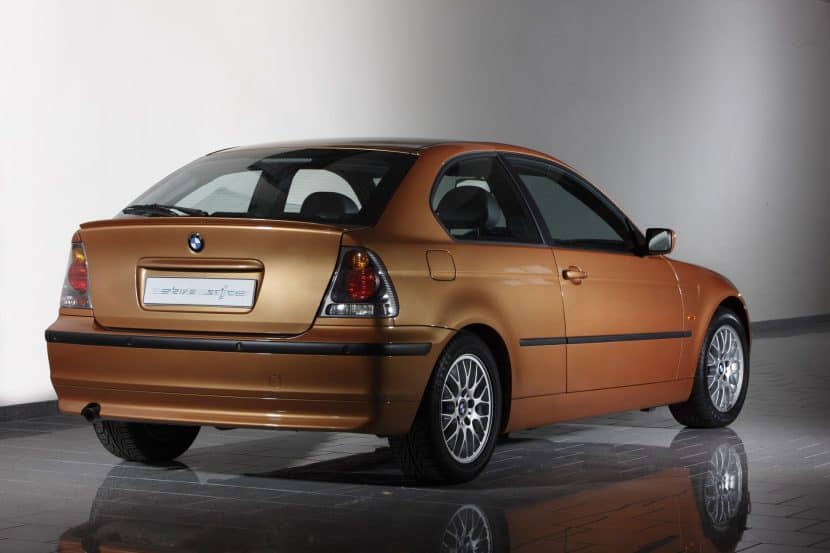
For BMW enthusiasts, this might all sound like something from a science fiction movie. And in a way, it was. The Drive Stick Car wasn’t designed to replace the traditional driving experience that BMW is known for—it was more of a question: “What if we started from scratch?” The insights from this project ended up shaping technologies we now take for granted, like electromechanical power steering and active steering. These systems brought new levels of precision and control to the road while preserving the unmistakable BMW driving feel.
While the Drive Stick Car never made it to production, it remains one of BMW’s most intriguing experiments. It’s a testament to the BMW’s willingness to explore radical ideas and take risks in the name of innovation. It’s also interesting that 25 years later, BMW and other companies are working on similar concepts within the real of autonomous driving, so you gotta give BMW engineers credit for foreseeing the future.
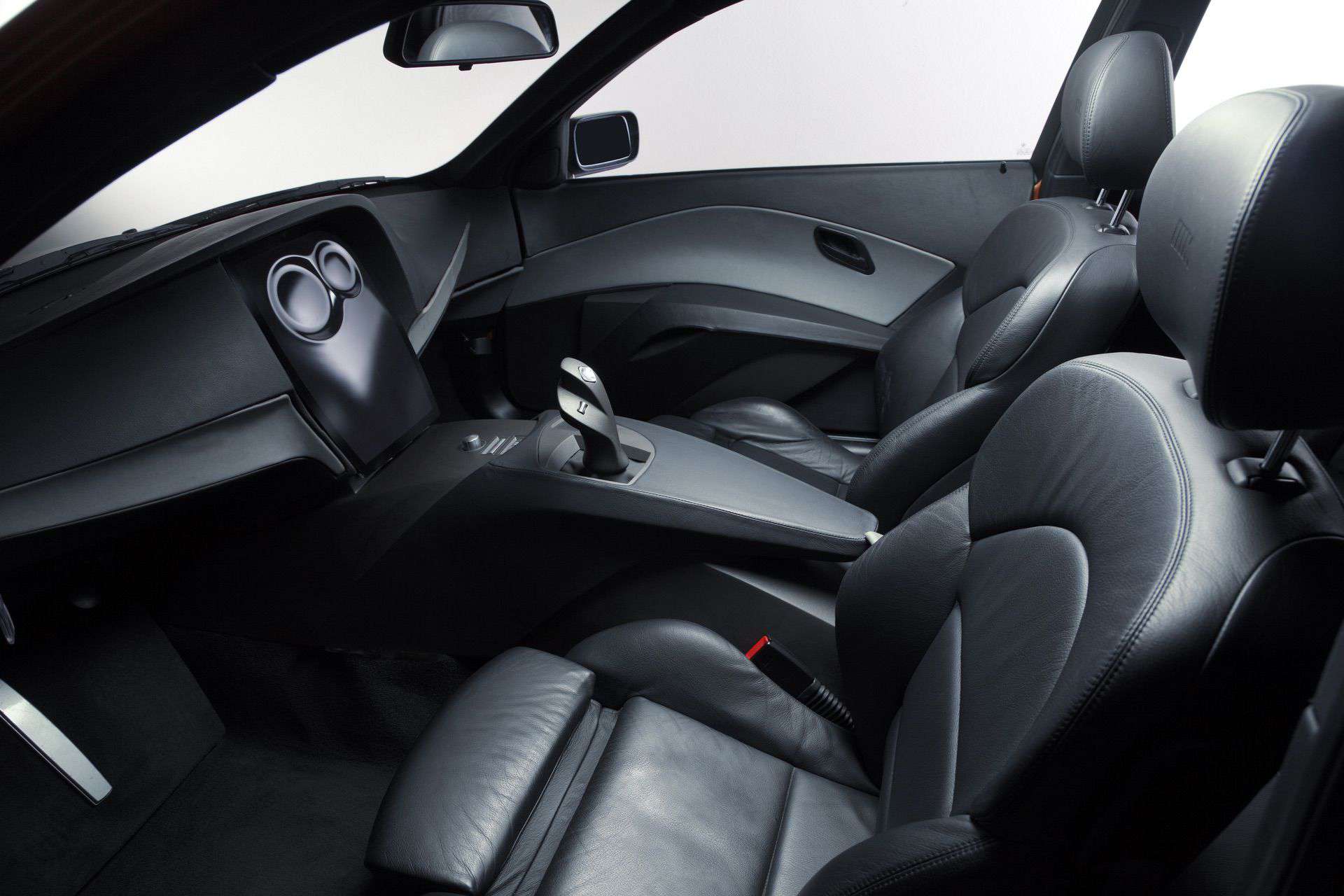
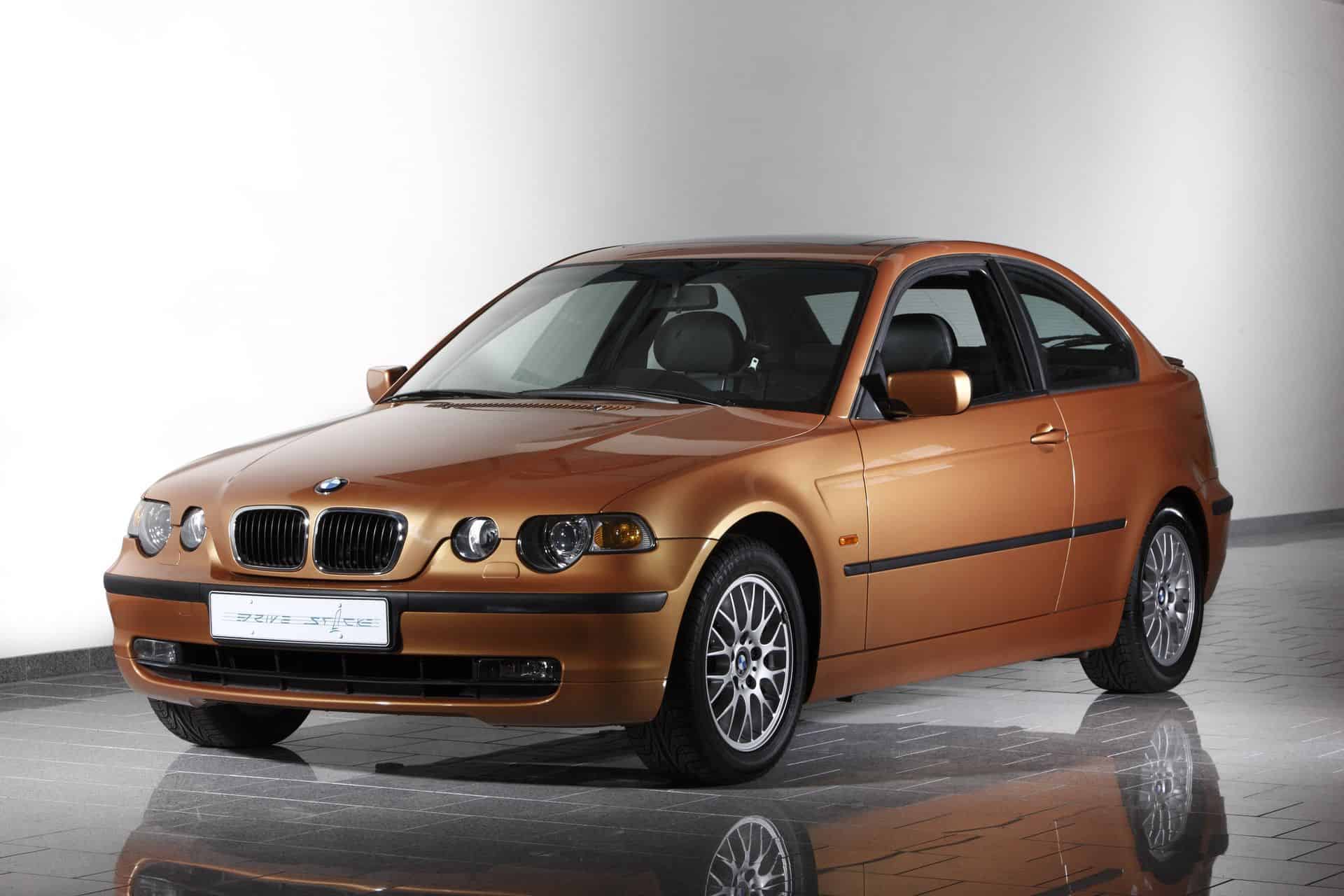
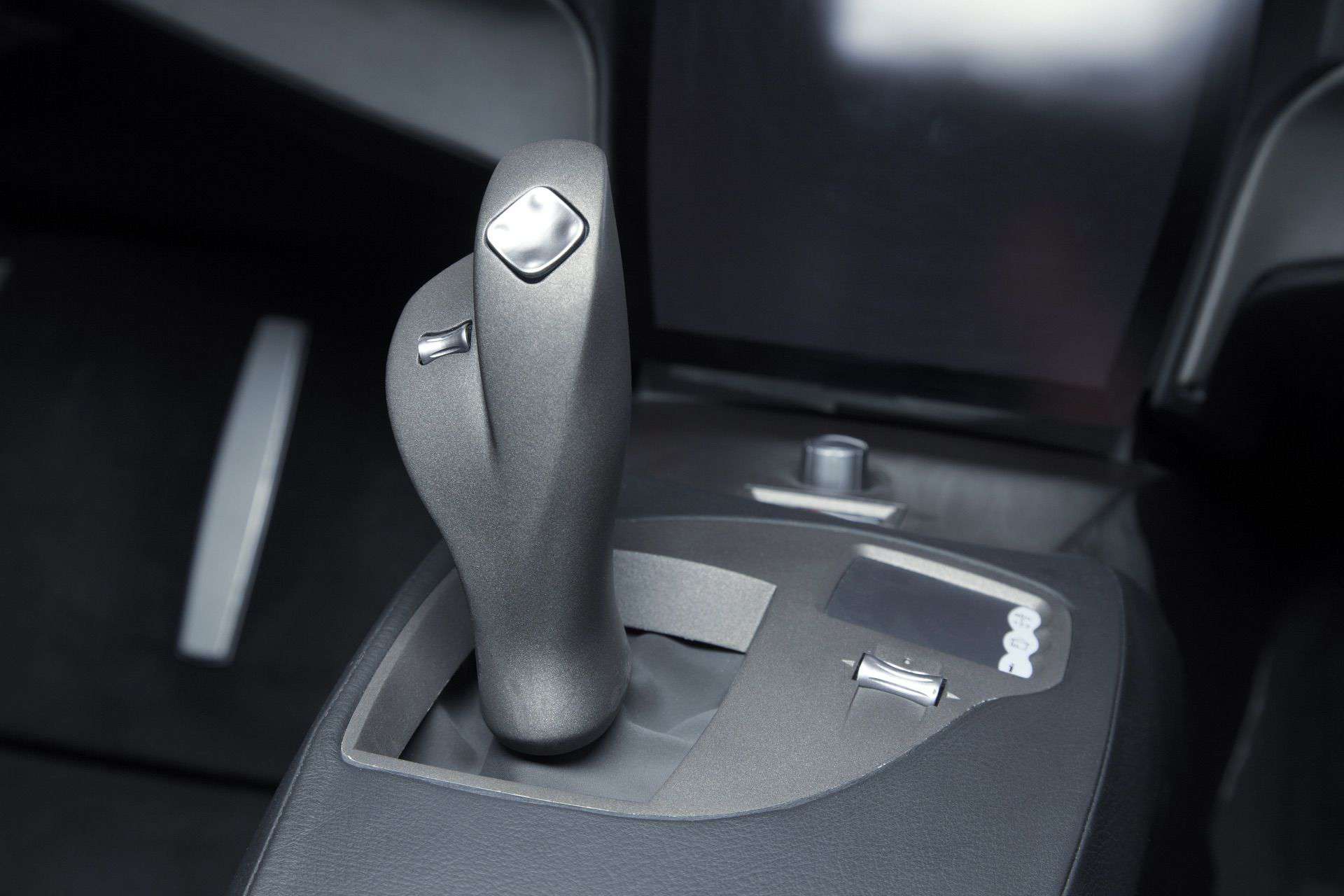
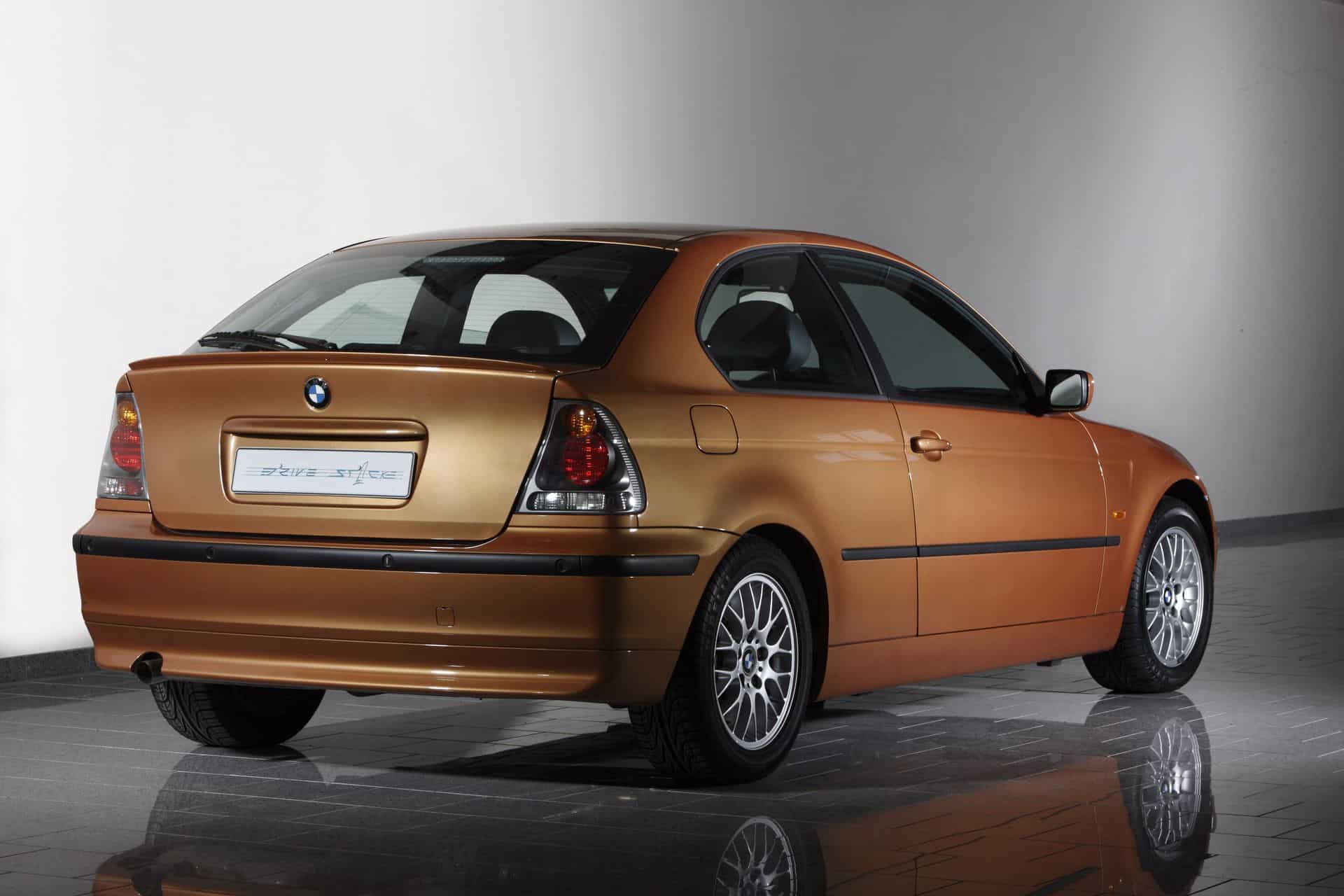
First published by https://www.bmwblog.com
Source: BMW BLOG
